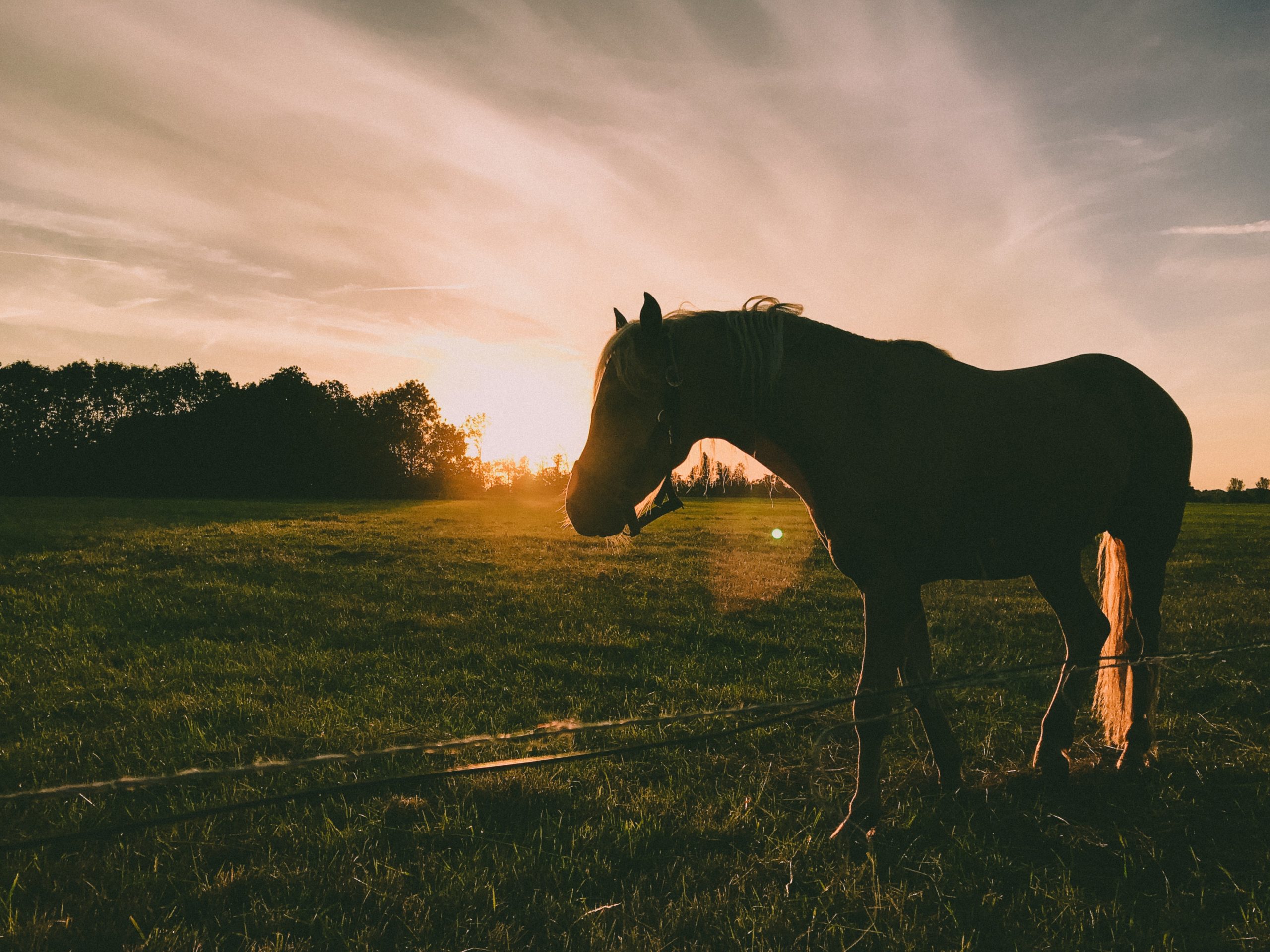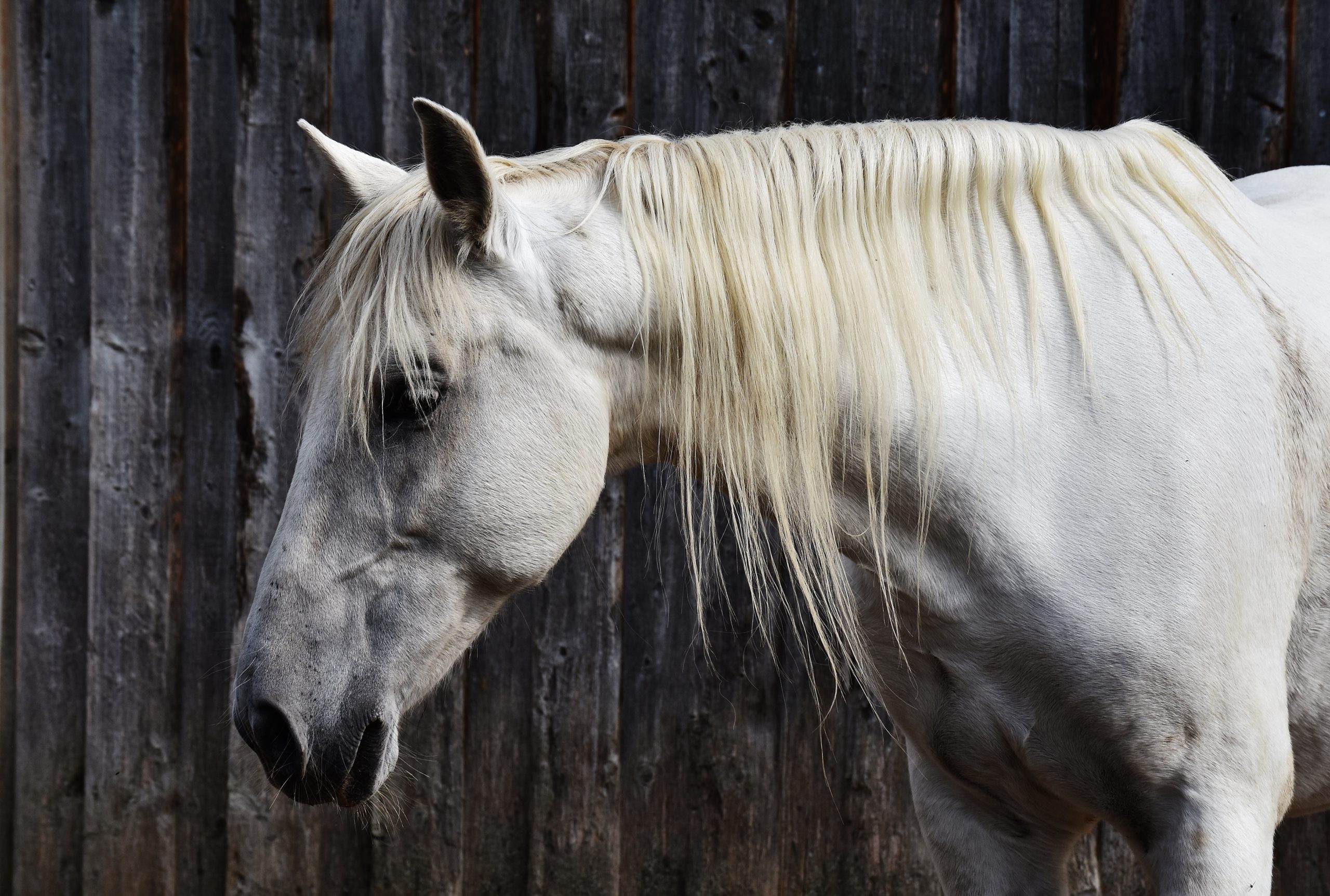Paterson’s Curse (Echium plantagineum), also known as Salvation Jane or Riverina Bluebell, is a plant that is extremely toxic to horses. It contains compounds known as pyrolizidine alkaloids, the metabolites of which cause cell death in organs throughout the body, most commonly the liver. The kidneys and lungs may also be affected.
Paterson’s Curse is widespread especially in inland areas, occurring in a broad band from south-east Queensland through New South Wales and the southern states to south-west Western Australia. Although it is more common in winter-rainfall areas, its wide tolerance of different climates and soils allows it to grow almost anywhere in southern Australia. It is a very dominant plant which spreads to become the sole green pick in spring and summer.
The two recognised forms of Paterson’s Curse poisoning are an acute form (less common), characterised by sudden death, and a chronic form. Effects on the liver of repeated low intake of toxic plants are cumulative and progressive; clinical signs may not be seen for several weeks or months (often after consumption of the plant has ceased).
The effects of Paterson’s Curse relates to the quantity of Paterson’s Curse available, the quantity of other pasture feed available, the length of time the animal is exposed to the plant and the growth stage of the plant at the time of grazing.
Most Paterson’s Curse plants sprout over winter as rosettes, produce flowering stems in early spring, and seed in late spring and early summer. It is generally believed that Paterson’s Curse is more highly toxic at the rosette and maturing stage till flowering, where it may peak. Toxicity may then decline as the plant matures and decays. Animals are also poisoned by eating the plant material in hay, silage, or pellets.
Under normal conditions the plant is usually avoided by grazing animals, but can be a problem following drought conditions or a fire. At the return to a normal season there is little initial competition and the Paterson’s Curse germinates unchallenged and become the dominant species. As the rosette stage of Paterson’s Curse is the first green pick it is almost impossible for horses not to have some intake if pasture grazing. It should also be recognised that grazing Paterson’s Curse over a number of years does cause gradual and accumulative liver damage that can be exacerbated in a year where Paterson’s Curse has flourished.
Other species are also susceptible to alkaloid toxicity. Pigs and horses are highly susceptible, cattle moderately susceptible, sheep and goats slightly susceptible.
Acute poisoning
Death may occur suddenly within two to three weeks of ingestion with little prior evidence of illness. The clinical signs may include a mild change in behaviour, especially becoming quieter. A change in feeding behaviour, like eating less or being selective, respiratory distress and fluid build up in the abdomen. On post-mortem the liver appears enlarged and haemorrhagic.
As the toxin has a predilection for liver cell damage, a comprehensive liver function test (supported by a history of Paterson’s Curse exposure) is the most likely and practical diagnostic tool. However, due to the acute nature of the disease there is little successful treatment that can be undertaken and death may occur without an adequate response period.
Further intake of toxic plant material must be prevented and the workload on the liver reduced by supporting with a diet low in protein, high in carbohydrate with vitamin supplement. Seek veterinary advice regarding nutritional needs.
Chronic poisoning
In the chronic form, death may occur after an extended period or not at all if successful intervention occurs. The clinical signs are slower to progress, including loss of condition, anorexia, dullness, and constipation or diarrhoea. Fluid buildup in the abdomen (ascites) and jaundice may be present. Some animals become progressively weaker and rarely move, while others wander aimlessly with an awkward gait, either stumbling against or actively pushing headlong into fences or other structures. Still others may become frenzied and dangerously aggressive. Eating non-food items (pica) may be seen. Death may occur suddenly or after prolonged recumbency with hepatic coma and high levels of ammonia in the blood.
On post-mortem the liver is smaller than normal, fibrous, finely nodular, and usually pale with a glistening surface.
A comprehensive liver function test and history by a veterinarian is required for diagnosis, with a repeated blood test to establish if the profile is increasing or declining. If the horse is showing signs of being poisoned there is treatment available if it is detected early but the prognosis is guarded. Further intake of toxic plant material must be prevented.
If you think your horse shows any of the above signs or has a history of grazing Paterson’s Curse, then you should contact your veterinarian for advice.




